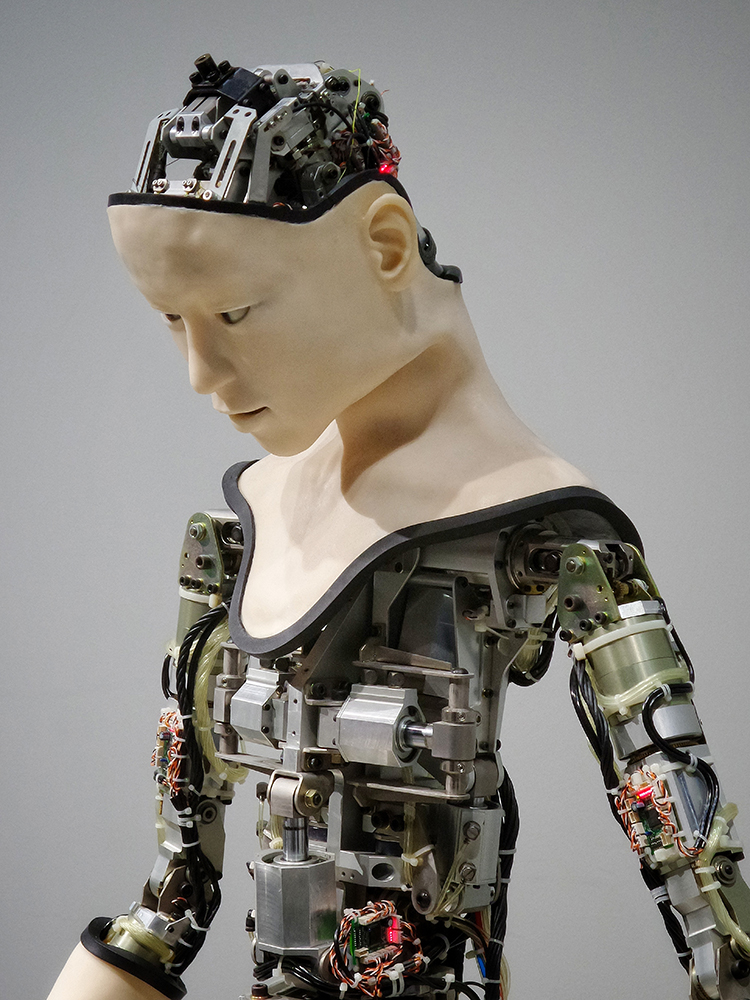TV review: RTÉ Investigates: Future Health Care is not alarmist, but it is alarming
Its sobering that just hours after RTÉ Investigates: Future Health Care (RTÉ 1, Wednesday) was broadcast, the death of a doctor Dr Syed Waqqar Ali, the eighth healthcare worker to die here of the virus was announced.
The documentary returns to St Jamess hospital in Dublin, following Inside Irelands Covid Battle, to see how the busy acute hospital is adjusting to a sort of normality, and what the future looks like for patients and staff.
Healthcare was stopped in its tracks by the virus and to some extent taken apart, it tells us, so now the bits are being put back together, as we see in behind the scenes glimpses.
The future needs space, which is in short supply in Jamess like many hospitals
In Jamess National Bone Marrow Transplant centre, patients whose treatment rendered them immuno-suppressed are at huge risk if they catch the virus, and they manage some of their own in-patient care in isolation to reduce exposure to others.
Elaine Scully (42) with acute leukaemia, speaks through double doors into her solitary room, her home this summer. Shes missing hugs and human touch, and mentions the pleasure of a nurses cool hand changing her drip. In her bubble, she feels part of history but that Im separate to it.
In the endoscopy unit, procedures like bronchoscopies put staff at increased risk: if a patient having the diagnostic procedure has Covid-19, staff are literally in the line of fire. But delays in such diagnoses have a knock-on for cancer care.
A patient arriving in cardiac arrest is presumed Covid-positive, which means a staggering number of staff for one patient. The patient dies, but PPE-clad staff still have to swab for Covid-19.
In the midst of this are nurses and a healthcare assistant recovering from coronavirus, sometimes very slowly, and the palpable shock of student nurses who started working mid-crisis.
There is a calm in the hospital, and staff at all levels shine with competence and care
There are impressive beginnings of socially distanced healthcare: effective group physio in a remote pulmonary rehab clinic; an electronic whiteboard efficiently managing patient flow and results in real time; a neurology consultation via video. Dr Colin Doherty reckons half of such consultations could effectively be telemedicine unless we are doing that, well continue to be overwhelmed.
Weve all heard about the pace of change being accelerated by the virus; the graphic reality of that is a team demolishing walls in outpatients, and stripping away waiting room seating. Patients waiting will go from 24 to three, coming for specific appointment times. (Like some other changes, it strikes that this would always have made more sense than having large numbers waiting for hours.)
Mercers Institute for Successful Ageing (MISA) unit is presented as the way forward, with hubs of single rooms, and assessment, management and investigation within a single patient visit. But this future needs space, which is in short supply in Jamess like many hospitals.
The emergency department (ED), a barometer of hospital activity, is where the challenge looks most bleak, or as a clinical nurse manager says This now is pretty hairy. ED is divided in two within the same footprint: Covid and non. Social distancing has significantly reduced capacity. Triage is now outside in a tent, with patients allowed in as space becomes available in what is almost a full house situation at the moment.
ED consultant Una Kennedy says some days last winter there were 100 people in the department, but with coronavirus we physically cant take more than 45 now safely. They will have to queue, and will that be safe?
We didnt queue them safely last winter.
As the numbers arriving increase, ED consultant Deirdre Glynn is on a walkie-talkie; there are 61 in the department right now, shes saying, not counting all of these out here. Meantime, ambulances wait outside. Yet there is a calm here, and staff at all levels shine with competence and care.
Future Health Care, documented and filmed by Barry OKelly, Ronan Fox, Edel OBrien and Judy Kelly, is also calm. Its not alarmist; but the reality is alarming.
Medical director Dr Barry OConnell talks about the hospitals low-level, ageing structure which is not fit for modern health care. The emergency department is constrained, and in-patient wards with six beds are not conducive to infection control, he says.
Towards the end of this complex profile of a hospital-in-change, the elephant in the room is gently revealed.
OConnell envisages the hospital needing to lose 100-200 out of 850 acute beds, with serious consequences in ED and surgery capacity. Deputy CEO Ann Dalton says waiting lists will get even longer thats quite obvious.
There have been significant beneficial changes and an impressive collective response because of Covid-19. But its clear the health system, which was already in crisis and poorly managed, does not have capacity to handle demand, with the reduction in numbers the virus necessitates. Its a kind of zero sum. The biggest challenge for St Jamess for the entire system is yet to come.

